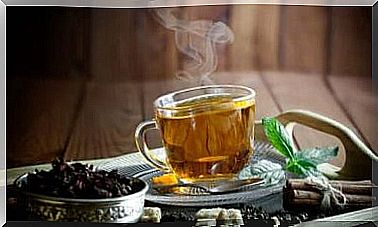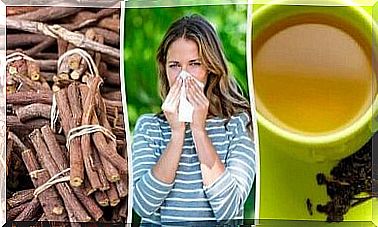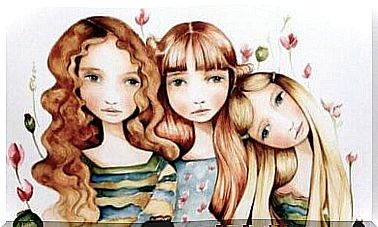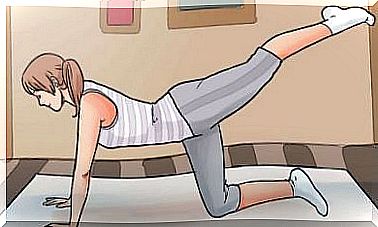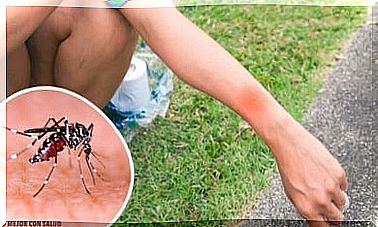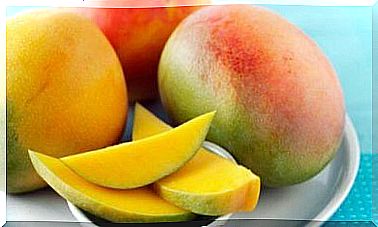The Description, Features And Benefits Of Guasha
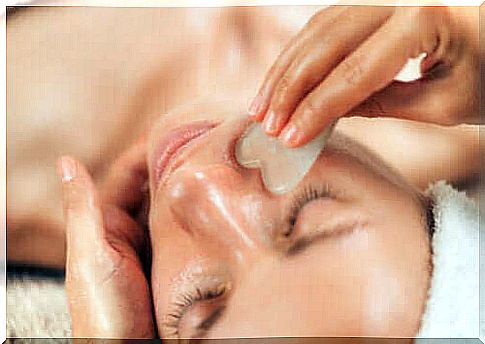
Guasha is a technique from traditional Chinese medicine, which is about 2,000 years old. Gua means “scraping” and sha is translated as “sand.” We also know it as “kerokan.”
During this treatment, a therapist rubs the skin with a flat jade or quartz stone. Today it is part of the alternative or natural therapies. The aim is to contribute to tackling certain health problems. It helps in the following areas:
- relaxing the muscles
- pain relief
- promote tissue drainage
- improving blood circulation
People have also started using it for aesthetic purposes, as part of anti-aging treatments, as it appears to reduce wrinkles.
What is used for guasha?
A jade or quartz stone is the main tool for the guasha technique and is usually in the shape of a heart. There are different shapes for different parts of the body.
For example, some look like a fish, others like a bird’s leg, and still others are rectangular. In addition, there are jade massage rollers and also facial oil, and moisturizing cream.
The benefits of guasha
These have not been fully scientifically studied, although its proponents claim it can successfully treat a variety of conditions. These depend on the type of stone.
For example, jade has soothing properties and quartz helps reduce inflammation, improve circulation and stimulate lymphatic drainage.
Migraine, Arthritis, Neck and Back Pain
Guasha is traditionally used to treat the symptoms of various inflammatory diseases, as well as chronic pain. In addition, it is claimed to help with migraines and neck and back pain due to poor posture.
Massage with the guasha technique relieves muscle tension. According to research, it was an effective treatment for chronic neck pain compared to other techniques, such as heating pads.
A clinical study also showed it to be effective in treating migraines, even in patients who do not respond to over-the-counter pain relievers.

Perimenopausal syndrome and swollen breasts
Perimenopause (Spanish link) is a set of symptoms that occur as women approach the age of menopause. The most common symptoms are the following:
- irregular sleep periods
- absent or excessive menstruation and dysmenorrhea
- fear
- chronic fatigue syndrome
- suffocating feeling
However, a study has found that guasha can help reduce symptoms of perimenopause in certain women. It has also been used to treat swollen breasts.
For example, research shows that women who receive a guasha massage after childbirth are less likely to have swollen breasts. This significantly improves the breastfeeding process.
aesthetic purposes
Currently, most attention for guasha is focused on applications for aesthetic purposes. People use it as an anti-aging treatment as it is said to reduce wrinkles and tighten the skin.
For such purposes, people do guasha on someone’s back, buttocks, and legs. Therapists also do it as a facial massage. Its purpose is to stimulate circulation and help absorb the products used.
Contraindications
Guasha is a natural, non-invasive treatment and therefore safe. However, rubbing or scraping the skin with the massage stone can lead to bruising that disappears after a few days. There are some contraindications:
- It is not suitable for people who have recently had surgery, especially in the area to be massaged.
- It is not suitable for people with clotting problems or who are on anticoagulant therapy, as the application of this technique can damage some small blood vessels.
- Finally, don’t rub on injuries such as:
- clap
- cuts
- wounds
- edema
- thrombosis
How do you do guasha
The guasha technique should be performed by a well-trained person who is experienced in this technique. The stone should slide upwards and only in one direction when massaging the body. The same goes for the face.
Let’s look at some examples:
- Neck. Starting at the neck, making upward and inside-out movements, using the heart-shaped side and applying a little more pressure at the base.
- facial contour. They move from the chin to the ear, following the contour of the face with the same side of the stone. They apply a light pressure at the end of the movement.
- cheekbones. They make different movements from the nose to the cheekbones and the cheekbones to the ears, also applying light pressure at the end of each movement.
- Nasolabial folds. Here, diagonal movements are made, from the tip of the lip to the chin and also to the edge of the eyebrows.
- The eye contour. To do this, the therapist starts at the eyebrow and draws a line to the temple with the heart-shaped side of the stone and with an upward motion.
- Forehead and between the eyebrows. The therapist applies light pressure to the convex side of the stone from between the eyebrows, moving upwards to the hairline.
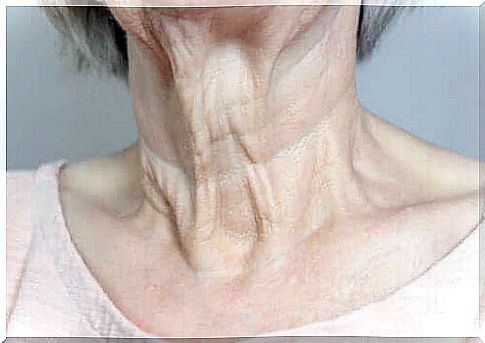
Proven Effects
According to opponents, treatment with guasha has no scientific basis. There’s no doubt that a massage will tone muscles and increase vascularization, but they say this happens no matter what you do it with. That the stone is not necessary and that the effects are therefore not due to it.
However, several studies have shown that guasha helps reduce the intensity of neck pain in patients after just one week of use. Another study shows that this technique helps patients regain their mobility and flexibility and reduce their need for pain medication.
Finally, in a study at Peking University, guasha was used to activate the immune response and reduce inflammation in mice infected with PR8. This technique inhibited inflammatory infiltration. However, it is a controlled study that has only been performed on animals.
Guasha at night and without makeup
The jade or quartz stone conforms to the contours of the skin so that they are stimulated appropriately, but only if the therapist performs the movements correctly.
Other recommendations to keep in mind are that it is best to apply guasha to a clean, moisturized face after removing all makeup. Doing it in the evening before going to sleep not only prevents aging, but also relaxes the muscles.
